Theoretical Foundations of Quantum Computing
Introduction
Quantum computing is a field of study focused on the development and application of quantum computers, which operate on the principles of quantum mechanics. Quantum mechanics is a fundamental theory in physics that provides a description of the physical properties of nature at the scale of atoms and subatomic particlesQuantum Mechanics. It is the foundation upon which quantum computing is built.
Quantum Mechanics and Quantum Computing
Quantum mechanics differs significantly from classical physics. It introduces concepts such as superposition and entanglement, which are key to the functioning of quantum computers.
Superposition
In quantum mechanics, superposition is a fundamental principle that holds that any two (or more) quantum states can be added together, or "superposed", and the result will be another valid quantum stateSuperposition Principle. In the context of quantum computing, this means that unlike classical bits, which can be in one state at a time (either 0 or 1), quantum bits, or qubits, can be in a superposition of states. This allows a quantum computer to process a vast number of computations simultaneously.
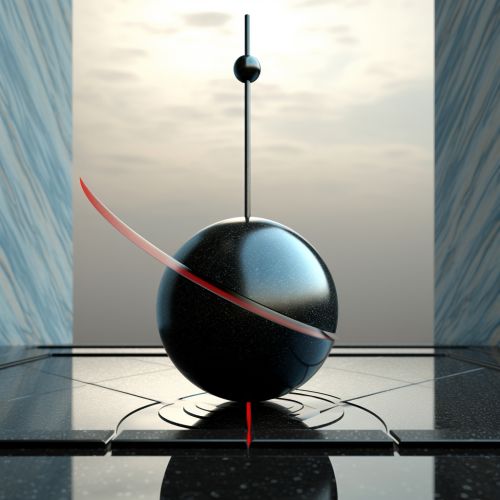

Entanglement
Quantum entanglement is a phenomenon observed at the quantum scale where entangled particles become linked, such that the state of one particle is directly connected to the state of the other, no matter the distance between themQuantum Entanglement. This property is used in quantum computing to link qubits in a way that amplifies computational power.
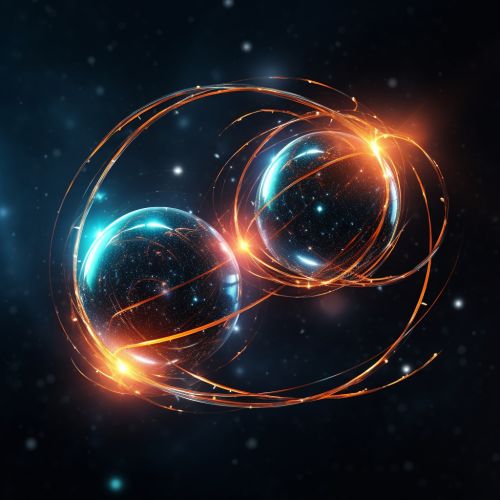
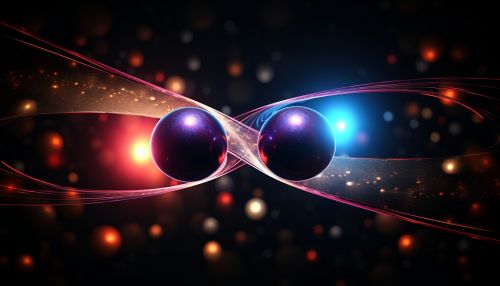
Quantum Gates and Circuits
Just as classical computers use logic gates to perform operations on bits, quantum computers use quantum gates to perform operations on qubits. However, quantum gates are more complex due to the properties of superposition and entanglement. They operate by changing the probabilities of the states of qubits, which allows for a wider range of operations than classical gates.
Quantum circuits are sequences of quantum gates. They are the quantum equivalent of classical circuits and are used to perform quantum algorithms.
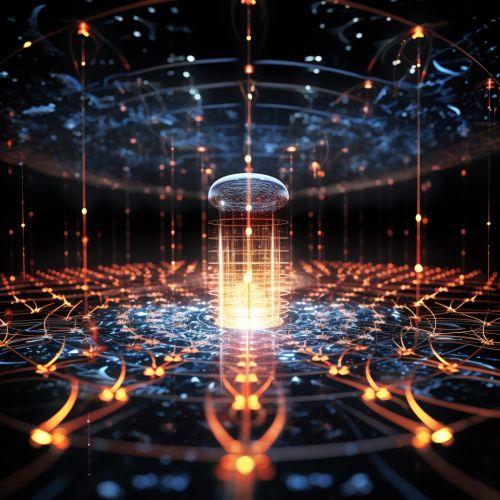

Quantum Algorithms
Quantum algorithms are a set of instructions used in quantum computing to direct the operations of quantum gates. They take advantage of the properties of qubits to perform computations more efficiently than classical algorithms. Examples of quantum algorithms include Shor's algorithm for factorization and Grover's algorithm for search problemsQuantum Algorithms.
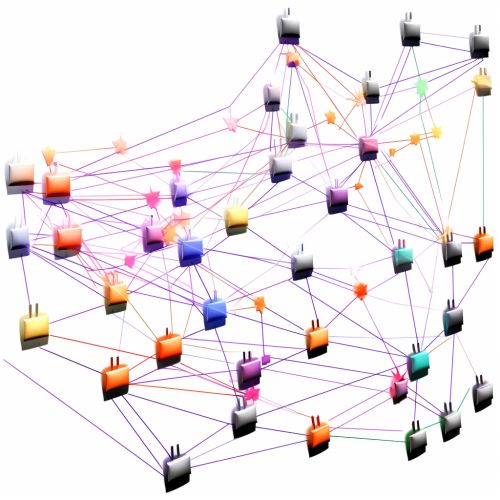
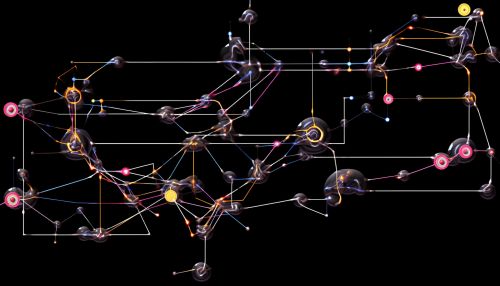
Challenges and Future Directions
Despite the potential of quantum computing, there are significant challenges to its practical implementation. These include issues with qubit stability, error correction, and scalability. However, ongoing research and development in the field continue to push the boundaries of what is possible.
The future of quantum computing is promising, with potential applications in fields such as cryptography, optimization, and quantum simulation. As our understanding of quantum mechanics and our ability to manipulate quantum systems improve, so too will our ability to harness the power of quantum computing.
